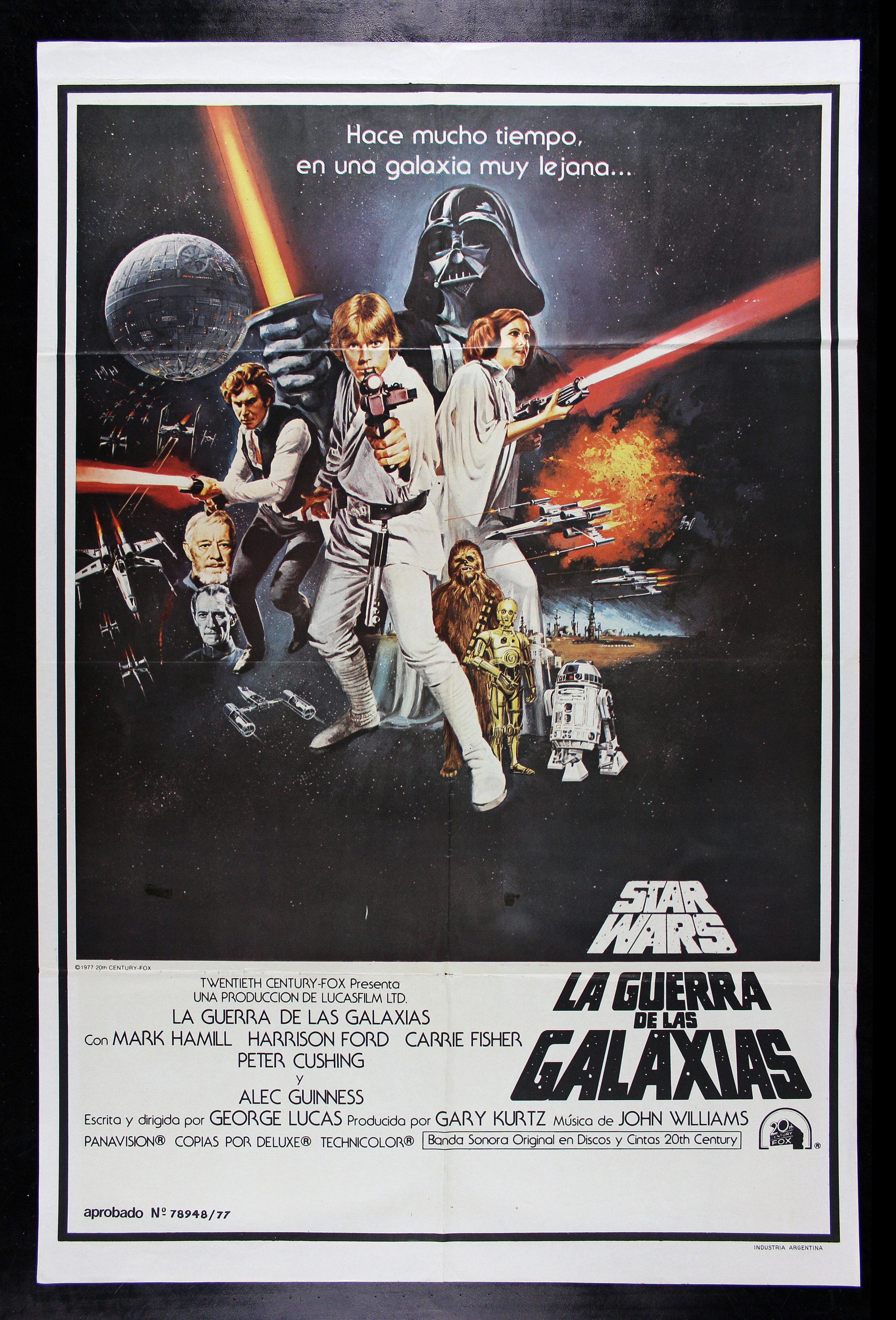

Upload photos in very high resolution, thousands of pixels tall and wideĭo not overlay your image with other text or line artĮBay search likes bold, clean, uncluttered photos against a light background. Remove any additional clutter or other object(s) from the photo

Show your product against a clean, light background

Represent your product from multiple anglesĮnsure that your product fills a significant portion of the frame eBay's guidance suggests that you should: Include Multiple High-Quality PhotosĮBay's search engine analyzes about the photos that you use to represent your product-not just how many of them there are, but also how they present the product you're selling. Items that make use of eBay's catalog and that include many item specifics fields are far more likely to appear in shopper searches than those that don't-and this disparity will only increase as eBay's push toward product-centric shopping continues.Īs you list a product, be sure to search for an eBay catalog match using an electronic product identifier like a UPC or ISBN code, or barring that, using simple keywords.ĭon't skip the product catalog field as you create listings in inkFrog.Īfter finding and selecting a matching catalog entry, take the extra time to complete item specifics fields as well, which boost your search ranking and are also used to include items whenever shoppers narrow their searches on eBay. Here's how to ensure that the listings that you create actually rank well in eBay search, and actually get clicked on once they're shown to shoppers. There are dozens or even hundreds of listings for every product on eBay, yet only one "first page" of search results.

Creating item listings on eBay isn't particularly difficult, especially if you make use of inkFrog's listing tools and hundreds of designer templates.īut as many sellers have discovered, getting an item listed isn't always the same thing as getting a listing seen.


 0 kommentar(er)
0 kommentar(er)
